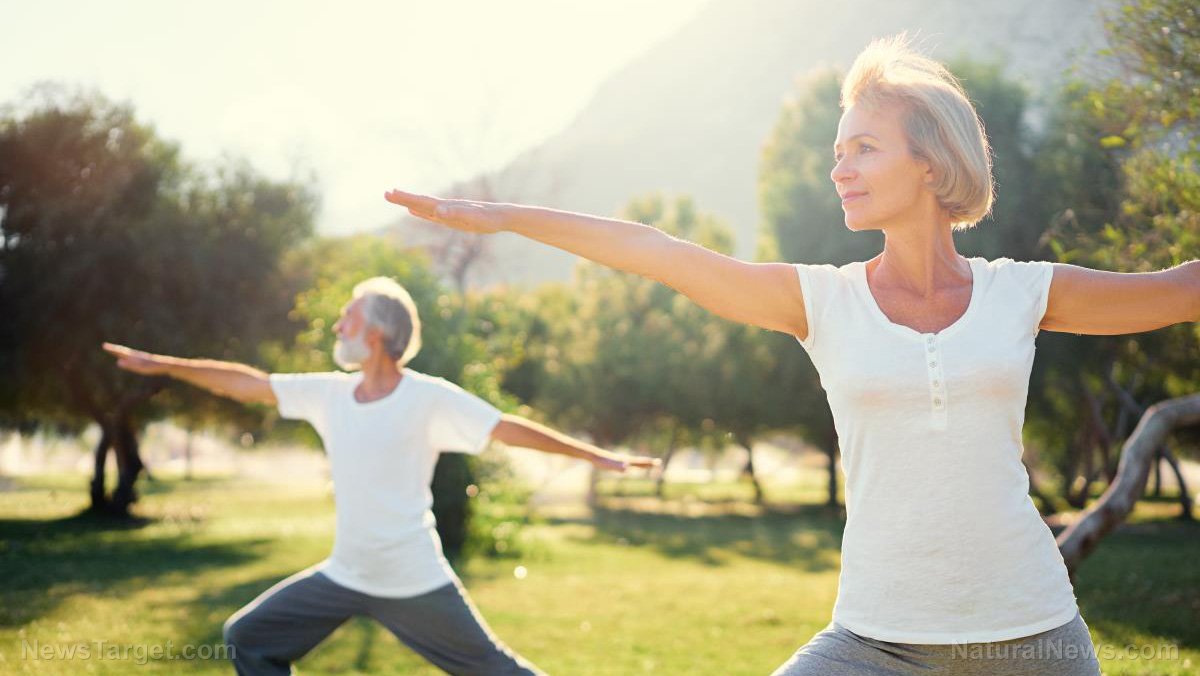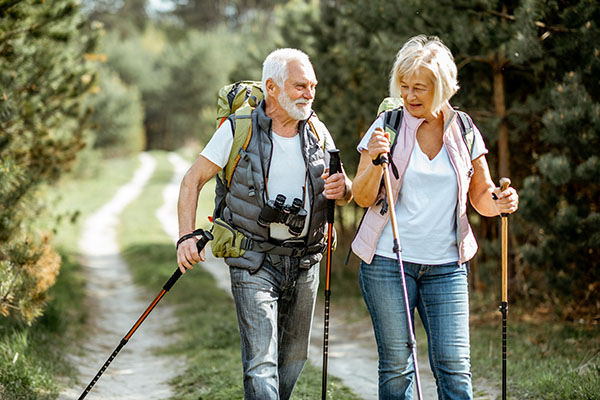
According to a study presented at the annual meeting of the Cognitive Neuroscience Society, exercise doesn't just boost physical fitness. Physical activity also helps boost the brainpower of older adults.
The researchers reported that some of the elderly participants experienced an immediate brain boost after exercising. The findings showed that after only a single 20-minute turn on a stationary bike, the participants exhibited improvements in their thinking abilities similar to those produced by three months of regular exercise.
Michelle Voss, a cognitive neuroscientist from the University of Iowa, explained that the similarity between a single round of exercise and several months of training implies that you don’t have to wait too long see an improvement and that people who exercise can enjoy “a day-by-day boost.”
Improving brain health with exercise
For the study, the researchers observed 34 people with an average age of 67. The participants underwent brain scans, memory tests, and exercise.
In the first part of the study, the scientists examined the effects of a single 20-minute segment on a stationary bike. The test was designed to be rigorous enough to make the participants sweat. While the volunteers were breathing heavily, they could still chat during the workout. (Related: Elderly people should try weightlifting to prevent frailty, health experts recommend.)
The volunteers underwent functional MRI (fMRI) brain scans and accomplished memory tests where they had to identify previously seen faces before and after exercising. The researchers ran similar brain tests on another day after the volunteers spent 20 minutes on a bike that pedaled for them.
Generally, after 20 minutes of intense exercise, the participants were better at remembering the faces, particularly when the task was hard. The volunteers had better results after exercising than when they used the self-pedaling bike. Additionally, the fMRI scans revealed that some connections between brain areas were stronger after the participants worked out.
Measuring brain response
The researchers then separated the volunteers into two groups: The first group spent the next three months exercising thrice a week for 50 minutes while the second group only spent four minutes exercising thrice a week.
Studied as a group, the participant's results after the longer-term exercise were similar to their results following a 20-minute workout. The scientists observed an overall improvement on the face task for volunteers with longer workouts, unlike those who exercised for only 12 minutes per week.
However, within that average, the researchers found that the participants' responses varied. Those who improved significantly following 20 minutes of exercise had similar memory improvements and brain changes after three months.
The findings also showed that those who didn’t improve after the 20-minute exercise were less likely to have improved following three months. Voss added that this form of testing helped them identify individuals who can benefit the most from exercise. The data can also help researchers figure out why the exercise wasn't as beneficial for certain people.
Wendy Suzuki, a cognitive neuroscientist from New York University, expressed an interest in closely examining the individual variation among exercise effects.
While the study is preliminary, the results prompted the researchers to ask the right questions:
- Is it possible to address the reasons that make exercise ineffective?
- Can researchers determine the reasons quickly?
Suzuki considers exercising a type of “personalized medicine.” In future research, scientists can study if it's possible to design exercise for a certain age, fitness level, gender, and genetic background for best results.
The health benefits of exercise for the elderly
Regardless of your age, exercise is good for your overall well-being. If you weren't as active when you were younger, exercising as an older adult can help improve your balance, endurance, flexibility, and strength.
Staying physically fit will keep you active and independent for a longer time. If your mobility is limited or if you have severe health conditions, look for low-impact activities that meet your fitness levels.
It is recommended that healthy older people should do four types of activities regularly: aerobic (or endurance) exercises, activities to strengthen muscles, exercises that improve balance, and activities that increase flexibility.
Try exercises that offer several benefits, like water aerobics with weights that offer strengthening and aerobic benefits. Remember, some exercise is better than none.
Sources include:
Please contact us for more information.























